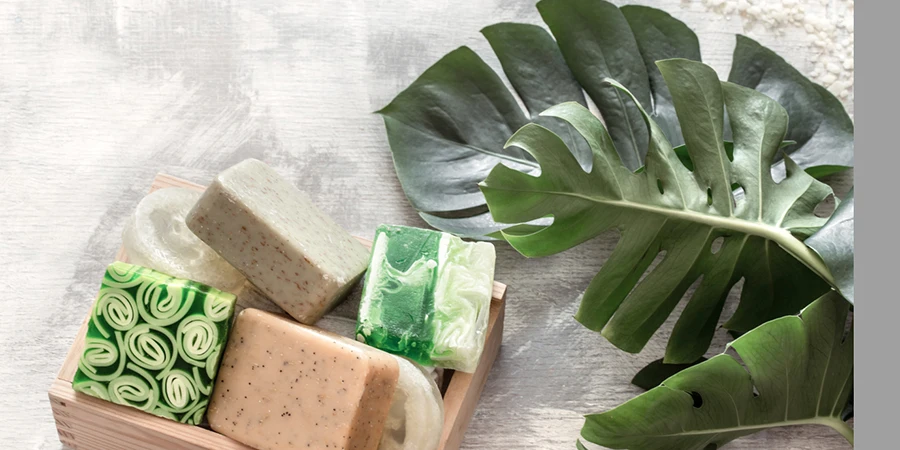In recent years, shampoo bars have emerged as a frontrunner in the quest for sustainable beauty solutions. These compact, waterless wonders promise not only to cleanse and nourish your locks but also to significantly reduce your environmental footprint. As we delve into the world of shampoo bars, we’ll explore their benefits, how they work, the types available, and tips for making the switch. Join us on this journey to understand why these bars might just be the future of hair care.
Table of Contents:
– What are shampoo bars?
– How do shampoo bars benefit your hair and the environment?
– Understanding the different types of shampoo bars
– Making the switch: How to use shampoo bars effectively
– Tips for choosing the right shampoo bar for your hair type
What are shampoo bars?
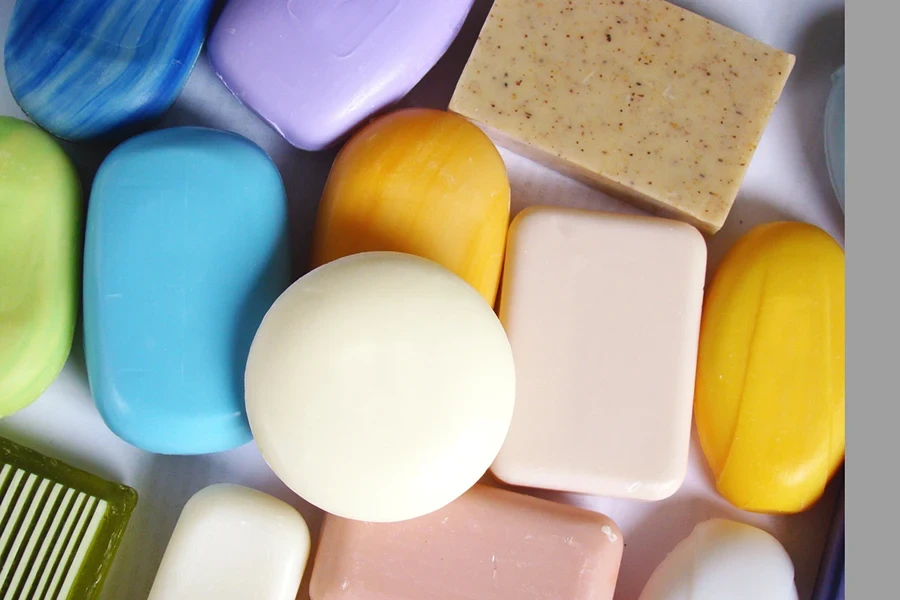
Shampoo bars are concentrated bars of shampoo that can do everything liquid shampoo can, but without the plastic packaging. They come in various formulations, catering to different hair types and concerns. Unlike their liquid counterparts, shampoo bars are solid at room temperature, making them perfect for minimalists and eco-conscious individuals alike.
The concept of shampoo bars is not new. However, their popularity has surged as consumers become more aware of the environmental impacts of their choices. These bars are typically made using natural ingredients, which are kinder to your hair and scalp. Moreover, their solid form means they’re more lightweight and portable, ideal for travelers looking to reduce their liquid carry-on items.
How do shampoo bars benefit your hair and the environment?
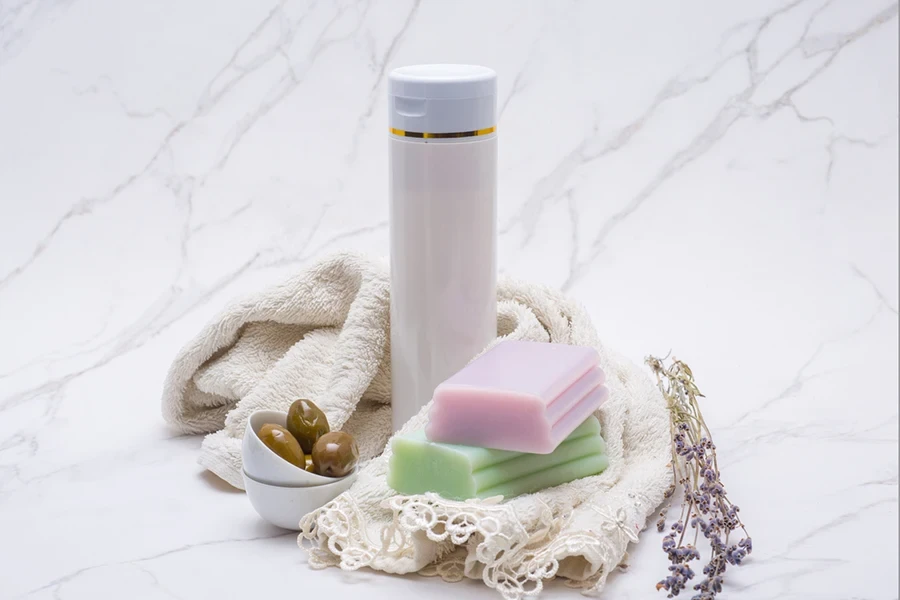
Shampoo bars boast a lower carbon footprint than traditional shampoos, primarily due to their packaging-free nature. By choosing bars over bottles, you’re contributing to a significant reduction in plastic waste. Additionally, because they’re concentrated, you often need less product per wash, resulting in a longer-lasting product.
From a hair care perspective, many shampoo bars are formulated with natural oils and butters, which provide nourishment and hydration without stripping the hair of its natural oils. This is particularly beneficial for those with sensitive scalps or those looking to reduce their exposure to harsh chemicals.
Understanding the different types of shampoo bars
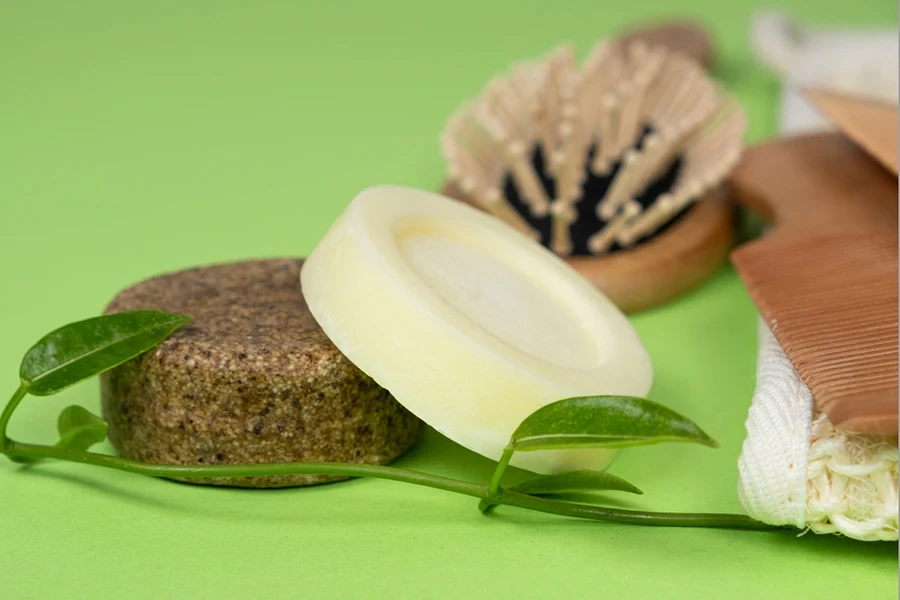
There are primarily two types of shampoo bars: soap-based and syndet (synthetic detergent) bars. Soap-based bars are made using saponified oils and tend to have a higher pH, which might not be suitable for all hair types. On the other hand, syndet bars are pH-balanced and often gentler on the hair and scalp, making them a popular choice for those with color-treated or delicate hair.
It’s also worth noting that there are shampoo bars designed for specific hair concerns, such as dandruff, oily scalp, or dry and damaged hair. Understanding the ingredients and their benefits can help you choose a bar that’s right for your hair type.
Making the switch: How to use shampoo bars effectively
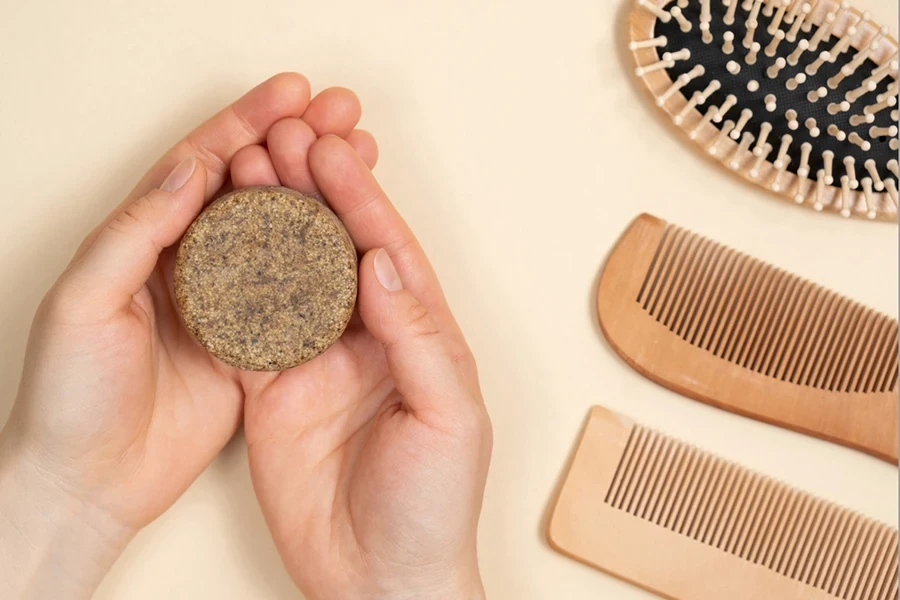
Transitioning to shampoo bars can be a smooth process with the right technique. Start by wetting your hair thoroughly, then either rub the bar between your hands to create a lather or glide it directly onto your hair. Massage the lather into your scalp and through the lengths of your hair before rinsing well.
It’s important to remember that your hair might undergo a transition period as it adjusts to the new product. This is normal and usually temporary. To ease the transition, consider using an apple cider vinegar rinse to help balance your hair’s pH levels.
Tips for choosing the right shampoo bar for your hair type
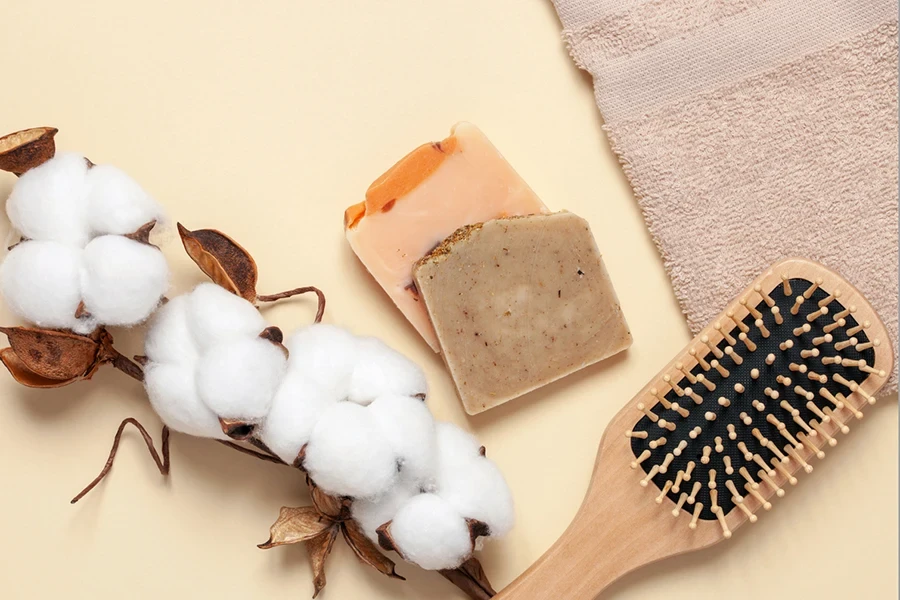
When selecting a shampoo bar, consider your hair type and any specific concerns you might have. For oily hair, look for bars containing clay or charcoal, which can help absorb excess oil. For dry or damaged hair, opt for bars enriched with hydrating ingredients like shea butter or coconut oil.
Don’t forget to pay attention to the scent and packaging as well. Many shampoo bars come in eco-friendly packaging, aligning with the overall goal of reducing waste. As for scent, choose a fragrance that appeals to you, whether it’s a calming lavender or a refreshing citrus.
Conclusion:
Shampoo bars represent a significant step towards a more sustainable and conscious approach to hair care. By understanding their benefits, how they work, and how to choose the right one for your hair type, you can make an informed decision to switch. Not only will your hair thank you, but the planet will too.
